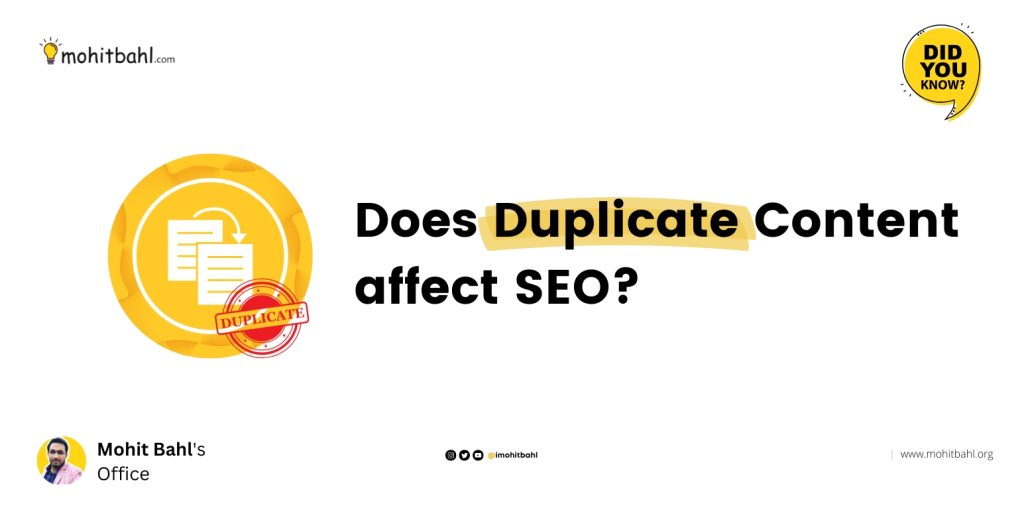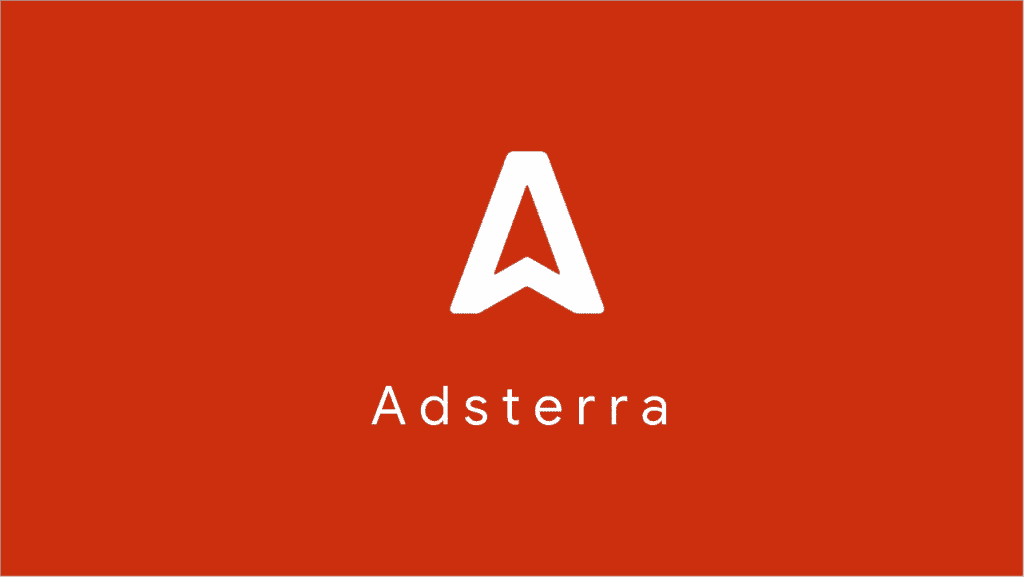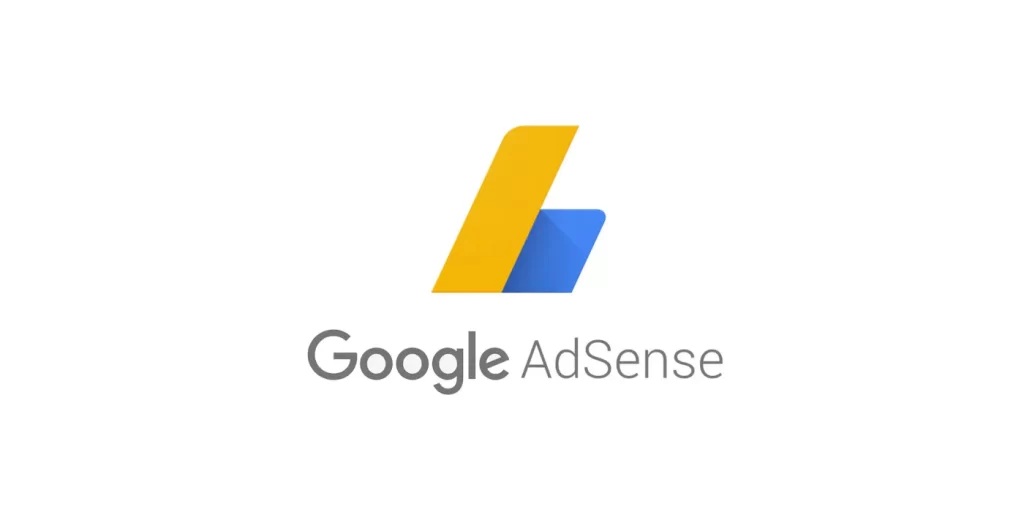Are you doing SEO and using duplicate content while content writing to save time?
Well, I know your answer, it’s Yes! We as humans always use shortcuts to get fast results. Isn’t it?
Coming back to our topic, actually Duplicate content is a very popular term among Digital Marketers and is used in the world of SEO.
With so many myths regarding this Duplicate Content in the market, it’s very tough to see the truth, and many webmasters or Content Marketers get confused about the penalty and all.
No doubt producing duplicate web content can be a dangerous move in your SEO plan, which can damage your website’s SERP rankings.
SERP Ranking in simple words is how high up your web page sits on Google’s search results. You can learn more about SERP in this post.
It’s estimated that up to 29% of active web pages are duplicate content, which doesn’t sit well with search engines knowing that they could be leading users to the wrong page and not the original source.
With that in mind, last week Google subtly announced they can proactively recognize that something could be a duplicate, even before crawling it.
There are a number of reasons why, when producing content for your website, you should always aim for rich, relevant, and unique content. This one now tops it all.
So what does it mean for you?
Yes, duplicate content can have an impact on SEO. When search engines encounter multiple versions of the same content, they may struggle to determine which version is the most relevant and authoritative.
As a result, they may choose to show only one version of the content in search results, or they may even penalize sites that have too much duplicate content.
Penalties include having your ranking affected and being dragged down in the numbers, to having your page removed entirely from a search engine, and even more worst.
There are several types of duplicate content that can affect SEO:
- Internal duplicate content: When multiple pages on the same website have very similar or identical content, search engines may view this as duplicate content. This can happen if, for example, a site has multiple versions of a page with different URLs or if the same content is used on multiple pages of the site.
- External duplicate content: This occurs when content on one website is copied and published on another website without permission or attribution. Search engines may penalize sites that engage in this practice, which is also known as plagiarism.
- Duplicate content within a site’s own domain: This can occur when a site has both HTTP and HTTPS versions of its pages, or when a site has both www and non-www versions of its pages. Search engines may view these as separate pages, resulting in duplicate content.
To avoid issues with duplicate content, it’s important to ensure that each page on your site has unique and valuable content and that any duplicate pages are properly canonicalized or redirected. Additionally, you can use tools like Google Search Console to identify and address duplicate content issues on your site.
How to Avoid Duplicate Content?


You have to be original!
You’ve come up with a brilliant blog idea for your website, you have the keywords at the ready but there’s just one problem that there have already been over one hundred different versions of your idea that’s been published on other websites.
So, If you want to rank in the top 10 SERPs, you have to be unique with content and its structure. Producing keyword-rich and relevant content will help you along the way on your journey to ranking high in the search results.
If you have Duplicate Content?
To address issues with duplicate content, it’s important to ensure that each page on your site has unique and valuable content.
This means avoid creating multiple versions of the same page with different URLs and making sure that each page has its own unique content rather than copying content from other pages on the site. Additionally, if you find that other websites are copying your content, you can file a DMCA takedown notice to have the content removed.
If you do have multiple versions of a page with different URLs, it’s important to use canonical tags to indicate to search engines which version of the content is the original and authoritative source.
A canonical tag (rel=”canonical”) is a trick to tell the robots that there is duplicate content and it’s meant to be there.
By acknowledging this with a simple bit of code in your web page’s head, you’re letting Search Engine crawlers know that the content or part of the content of this page is a copy, as well as letting them know the true source of the content (which doubles up with pointing the crawler to the page you want ranking).
For example:
On the web page www.mohitbahl.org/how-seo-works, we enter the following code in the <head>:
<link rel=”canonical” href=”https://www.mohitbahl.org/seo-complete-guide” />
Here, SEO Complete Guide is the master copy, and I’ve just been lazy and copied half of that content. But at least I told Google that.
A best practice when starting out is to include this code on all of your web pages that do include duplicate content.
You can also start implementing meta tags such as =”noindex, nofollow” to pages that you don’t want crawlers to touch.
You can also use redirects to send visitors to the preferred version of a page. And if you have a lot of similar content on your site, consider consolidating it into a single page or using “noindex” tags to prevent search engines from indexing certain pages.
By taking steps to address duplicate content issues, you can help ensure that your website is optimized for search engine visibility and rankings.
Contact Behal Network (an agency founded by me to empower your Business) for improving your brand’s SEO, content, and search engine rankings. We’re experts at this stuff and make great coffee.







